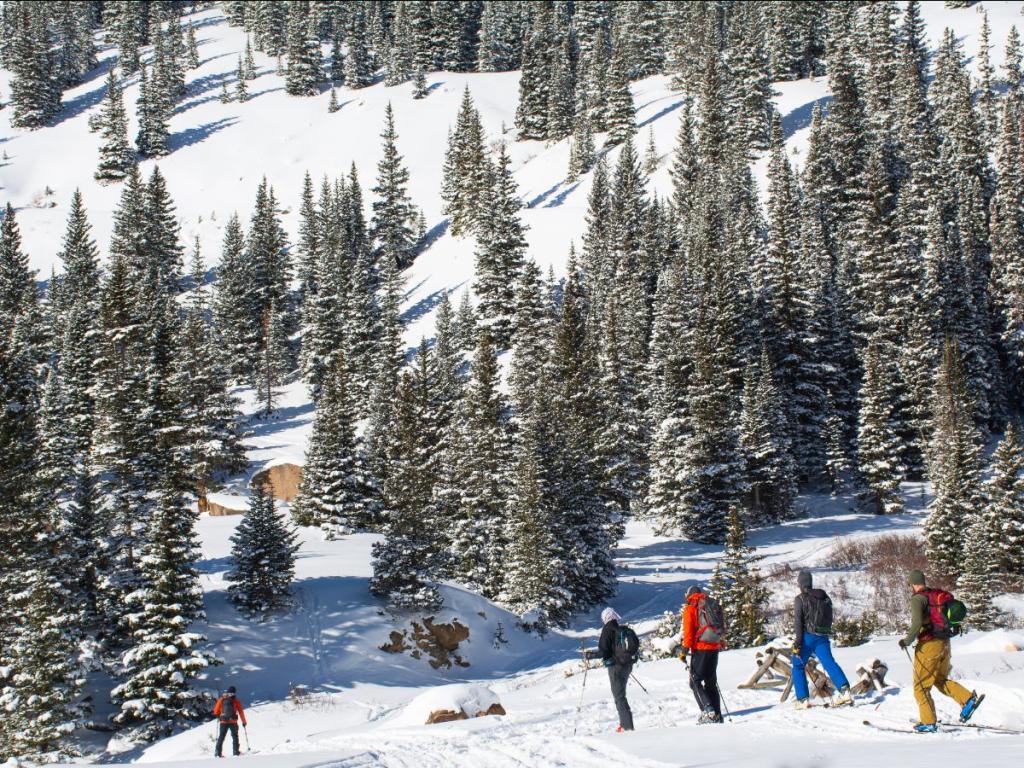Christmas and New Years Office Closure
Colorado Parks and Wildlife offices will be closed on December 24, December 25, December 26 and January 1.
Christmas and New Years Office Closure
Colorado Parks and Wildlife offices will be closed on December 24, December 25, December 26 and January 1.

 Bridget O'Rourke
Bridget O'Rourke Kelsy Been
Kelsy Been


Colorado Parks and Wildlife (CPW) is an enterprise agency, relying primarily on license sales, state parks fees and registration fees to support its operations, including: 43 state parks and more than 350 wildlife areas covering approximately 900,000 acres, management of fishing and hunting, wildlife watching, camping, motorized and non-motorized trails, boating and outdoor education. CPW's work contributes approximately $6 billion in total economic impact annually throughout Colorado.
DISCLAIMER: The Colorado Parks and Wildlife (CPW) website maintains press releases containing historical information that may no longer be accurate. Press releases are dated, which should be noted to determine whether the information provided is current. Please review our current regulations and brochures for up-to-date information.